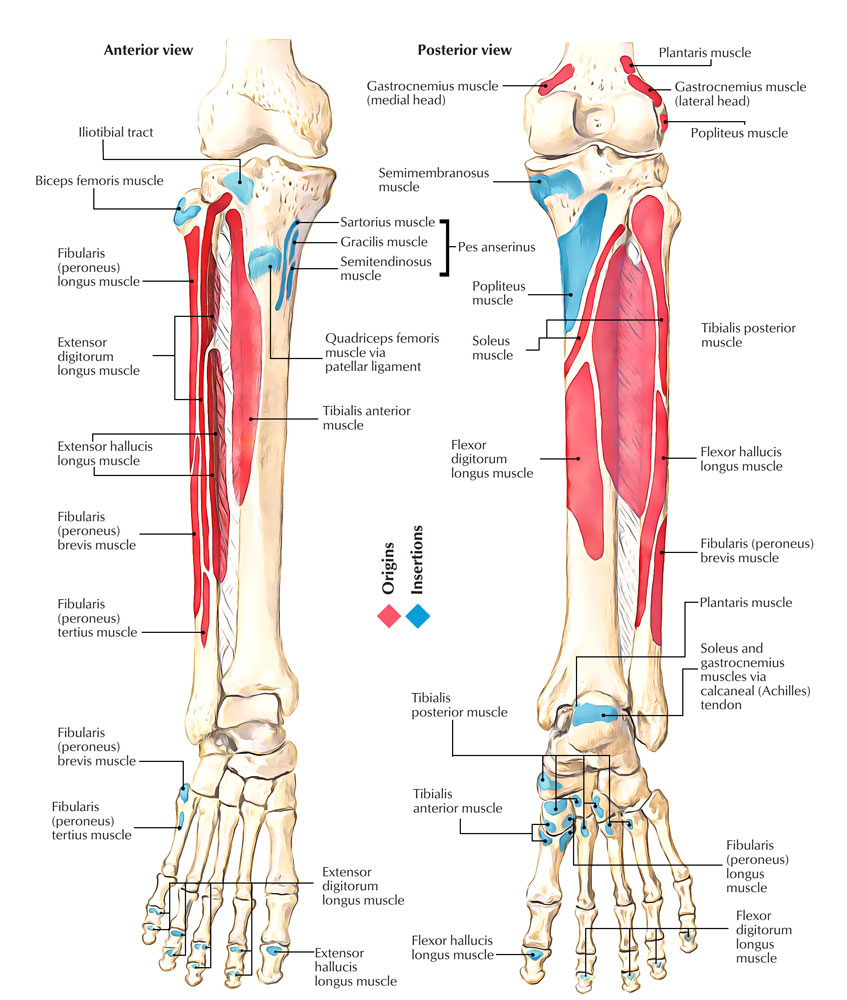

This joint is responsible for dorsiflexion and plantarflexion (movements up and down of the foot). This membrane secures the two bones and helps stabilize the tibia and fibula to the talus forming the talocrural joint (primary ankle joint) also known as the ankle mortise. In the lower leg/ankle, the distal tibia/fibula joint is considered a syndesmosis joint because the tibia and fibula are held together by an interosseous membrane that extends the length of the bones. They are significant injuries and can sideline an athlete much longer than a typical ankle sprain. A sprained ankle can occur on the lateral side of the ankle which is (most common), the medial side of the ankle (least common) or can occur as a syndesmotic sprain when the ligaments between the distal tibia and fibula are injured, also known as a high ankle sprain.Ī high ankle sprain usually occurs in combination with medial ligament injuries and/or distal tibia/fibula fractures. Ankle injuries are one of the most common injuries in sports constituting approximately 10% of all acute injuries that are treated by physicians.

A high ankle sprain is a significant injury and can sideline an athlete much longer than a typical ankle sprain.


 0 kommentar(er)
0 kommentar(er)
